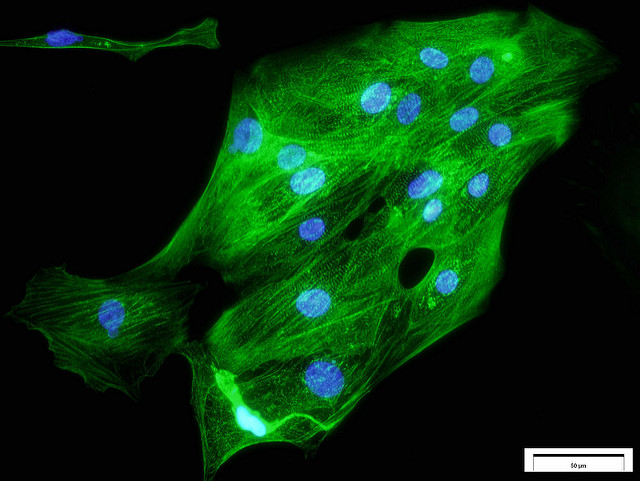
Lymphodema
Lymphoedema is a debilitating soft tissue disease caused by an impairment of the lymphatic system, which leads initially to fluid build-up in the surrounding interstitial tissue; then later the accumulated fat-rich fluid itself turns into fatty, heavy scar tissue.
The lymphatic system is a network of thin-walled vessels, comprised of lymphatic cells, that is integral to fluid balance, immune surveillance and metabolism of fat. Lymphoedema can be an inherited disorder such as Milroy’s Disease, but is more commonly acquired following cancer treatment (particularly breast cancer), trauma such as surgery, infection or radiotherapy. Twenty to forty percent of breast cancer patients undergoing radiotherapy and/or surgery to the lymph nodes will develop Lymphoedema at some stage.
Bernard O’Brien first described the various modalityes of lymphoedema treatment in the 1970s; and the Institute that bears his name is today working to unlock the secrets of why lymphoedema occurs, as well as the healing potential of a patient’s own body by stimulating the damaged tissues with healthy fat stem cells from other parts of the body, to drive tissue repair. Using the regenerative capacity of the molecules in the stem cells, the injury to each of the body’s cell types that have been injured can be reversed. This reversal will be harnessed to grow newer populations of the damaged cells, including those that make up the lymphatics, to restore integrity and function to the lymphatic system, and thus treat the disease.
Adipose Tissue
In addition to the concept of using the fat itself as therapeutic, the concept of “engineering” soft tissues such as fat, is gaining popularity because of the potential to repair and regenerate tissues and organs. Research supported by the O’Brien Foundation has shown a strong translational base with a focus on growing adipose tissue for use in clinical reconstructive applications.
This work targets reconstruction of deformities such as those resulting from mastectomy for breast cancer and other cancers that might require reconstruction; or other contour flaws and replacement of tissues lost to trauma or ageing. The areas of research can be broken down into two main areas:
- developing new models for clinical applications of adipose tissue engineering
- key signaling events involved in adipose tissue engineering.

